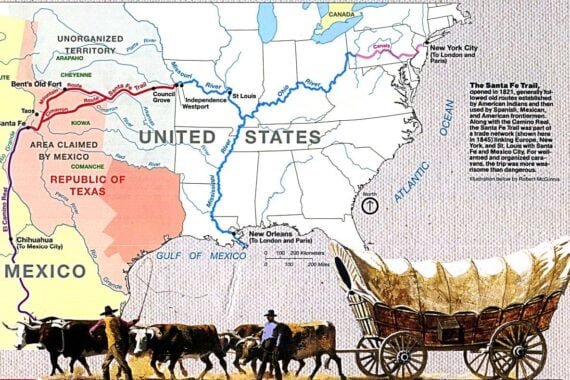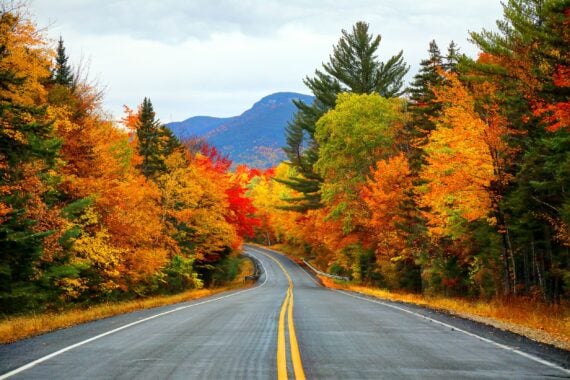The story of America is one of territorial expansion and exploration, so it only makes sense that the best way to relive it is by traversing the land. Automobiles and industrialization may have transformed the landscape, but the places where it all happened are still right here, and much more easily accessible along our highways than the old wagon trails. Here are some of the best routes you can drive to experience and learn more about U.S. history.
Related: 50 Most Beautiful Highway Drives in America
Route 66 | Illinois to California
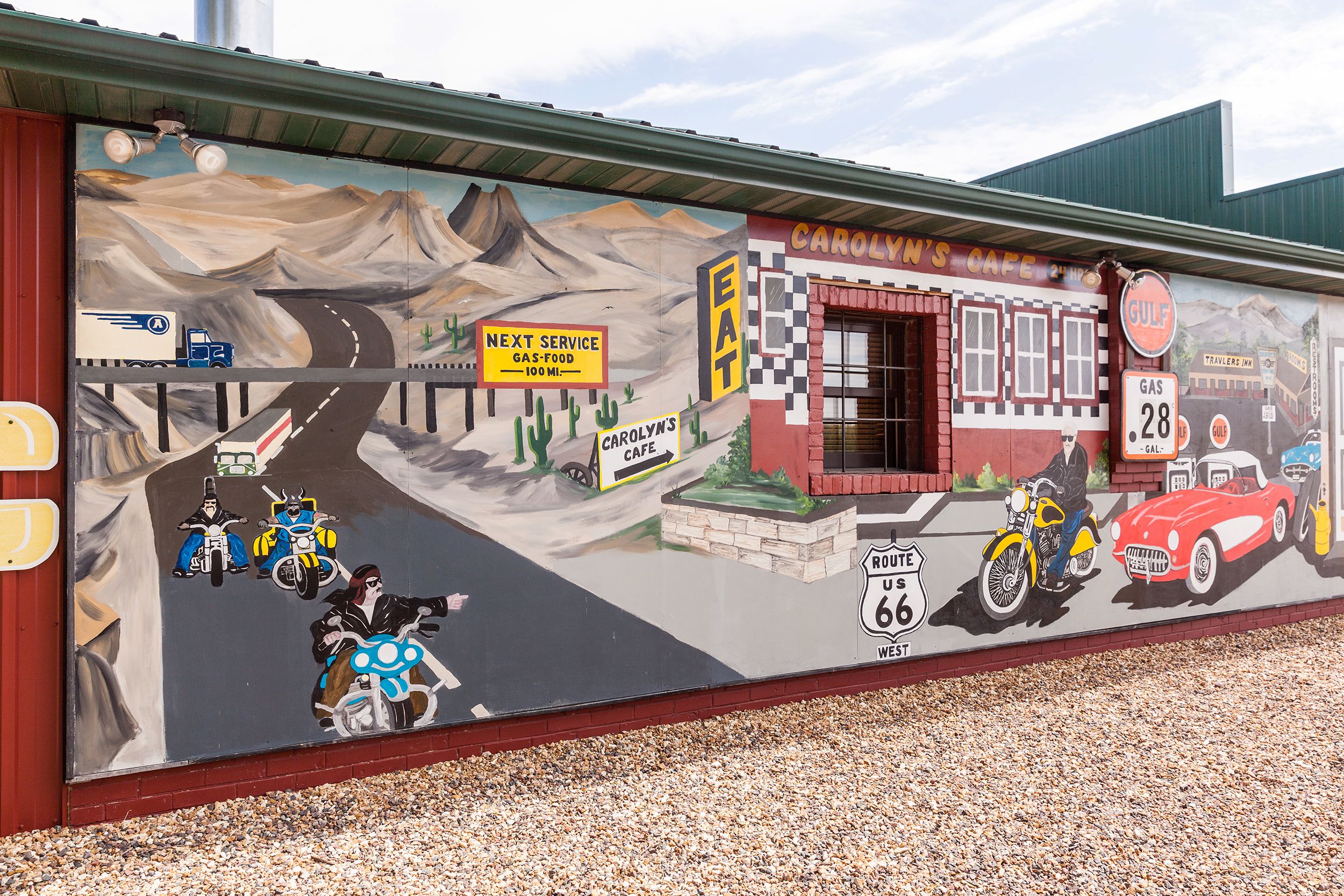
Distance: 2,448 miles
Don’t Miss: Cuba, Missouri (aka “Mural City”)
Known as America’s Main Street or “mother road,” Route 66 became a major artery for Americans moving West in the early 20th century, most famously during the Great Depression. Now more a tourist destination, it’s littered with motels, fast food stands, and roadside oddities that evoke classic car culture, as well as interstate-bypassed ghost towns that give an idea of how much has come and gone. Road trippers can learn what a feat the roadway was at the time of its creation in Springfield, take in the most famous remnants of art deco architecture in Shamrock, and relive a bit of the Old West in Oatman, all before ending with the Pacific Ocean at Santa Monica pier.
Related: Route 66 Then and Now
Oregon National Historic Trail | Missouri to Oregon
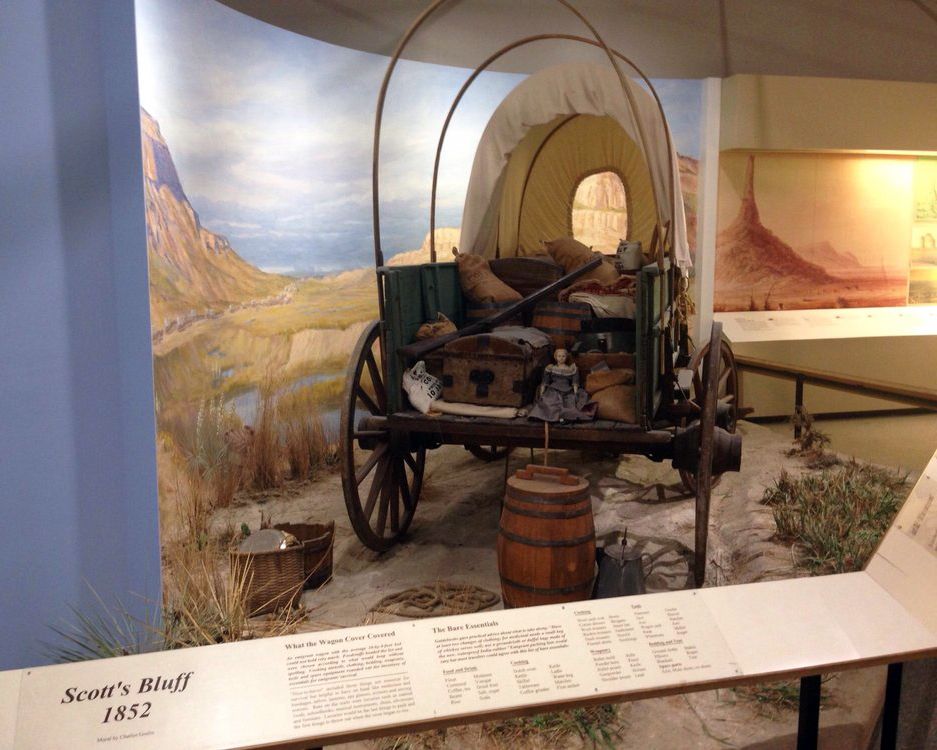
Distance: 2,600 miles
Don’t Miss: National Frontier Trails Museum
Between the 1820s and 1860s, an estimated 400,000 migrants crossed the plains and Rockies to claim newly inherited land in America’s Oregon Territory. Following in their footsteps, you’ll encounter historic cemeteries filled with cholera sufferers and others who couldn’t finish the journey, as well as many instances of wagon wheel tracks now fossilized into the soil in spots such as Wyoming’s Guernsey Ruts.
For more great travel guides and vacation tips, please sign up for our free newsletters.
Lewis and Clark Trail | Pennsylvania to Oregon
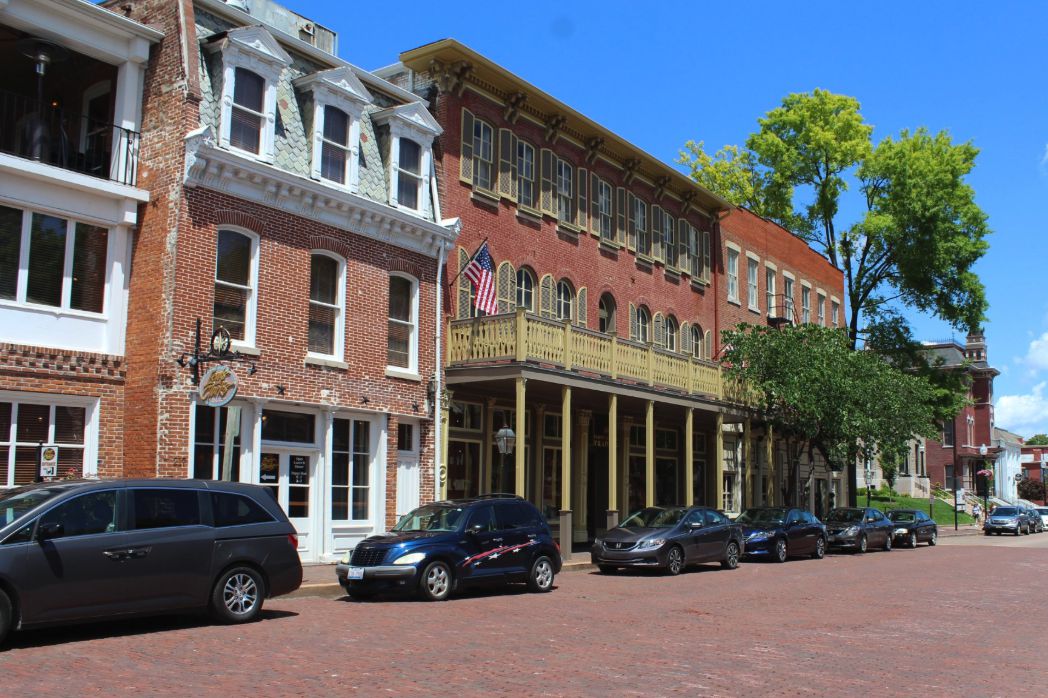
Distance: 4,900 miles
Don’t Miss: St. Charles Historic District
The second-longest of America’s National Historic Trails, this route commemorates the Lewis and Clark Expedition of 1804-1806. After the preparatory section from Pittsburgh to Wood River, Illinois, the route winds through western plains and river confluences with numerous sites and placards denoting the expedition’s progress and accomplishments. These include the headquarters for planning the journey at Cahokia Courthouse, their final outpost before continuing west in St. Charles, and the site of the first meeting between government representatives and western tribesmen at Fort Atkinson, their winter base at Fort Clatsop. There are also too many scenic camping spots to mention.
Harriet Tubman Underground Railroad Byway | Maryland to Delaware
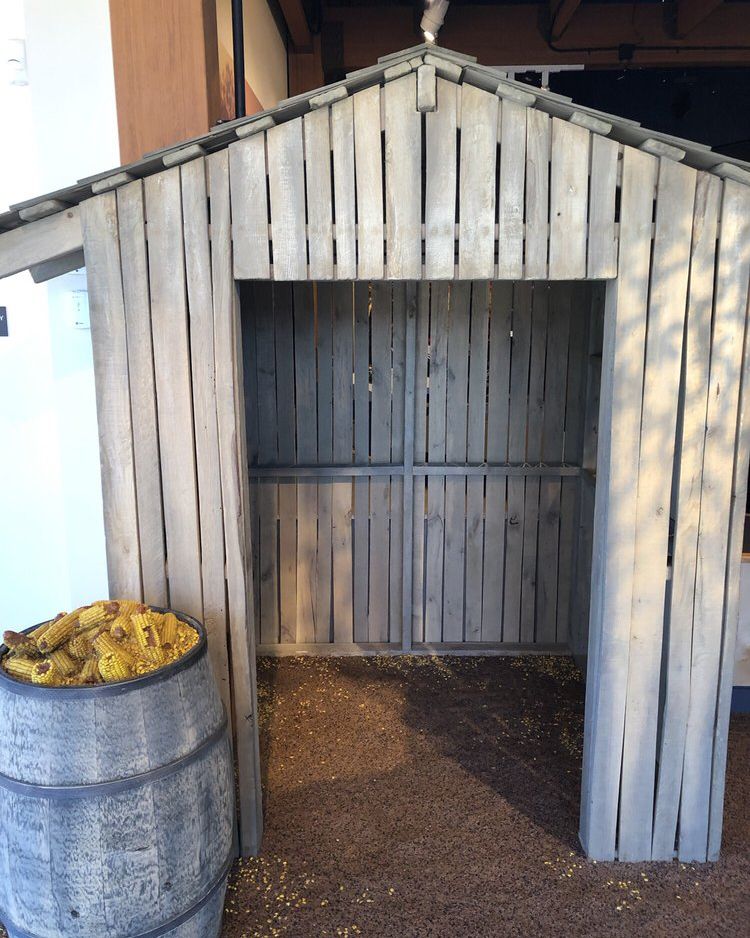
Distance: 125 miles
Don’t Miss: Harriet Tubman Underground Railroad Visitor Center
The Underground Railroad was a secret network of roads, trails, and waterways used to help fugitive slaves escape to the North, spearheaded by hero Harriet Tubman. A visitor center opened in 2017, and this scenic route along the Chesapeake Bay encompasses the places where Tubman was raised (Brodess Farm) and galvanized into fighting for others’ freedom (Bucktown Village Store). There are also interpretative sites for particularly daring escapes at Choptank Landing and former hiding places where slaves found refuge along their journey, including the Stanley Institute or Linchester Mill — also notable as one of the nation’s oldest businesses that once sold grain to Washington’s Army during the Revolution.
Related: Amazing Places to Learn About Black History
Great River Road | Louisiana to Minnesota
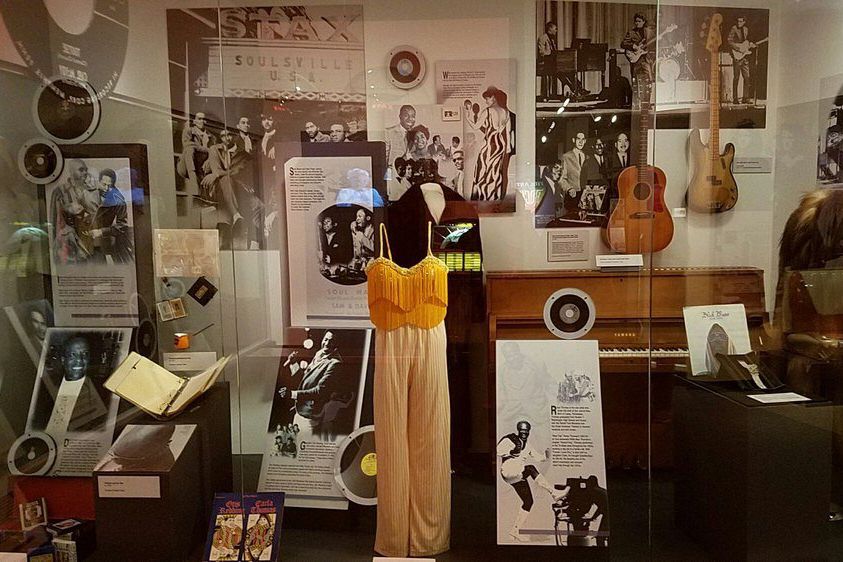
Distance: 2,255 miles
Don’t Miss: Memphis Rock ‘n’ Soul Museum
Designated in 1938, the Great River Road stitched together hundreds of state and local roads to follow the length of the Mississippi River, the importance of which to America’s history of commerce and culture really can’t be overstated.
Along with natural scenery from swamps and forests, meadows and farmland, any itinerary along this scenic (non-interstate) route should include the Buffalo Bill Museum for a taste of Old West showmanship; the Mark Twain Boyhood Home and Museum in Hannibal, commemorating the author who helped immortalize the Big Muddy through literature; and, of course, enough free time for a paddleboat cruise. Additional historic buildings from plantation mansions to modest grist mills abound.
Related: Boat Tours That Take You Back in Time
Trending on Cheapism
Million Dollar Highway | New Mexico to Colorado
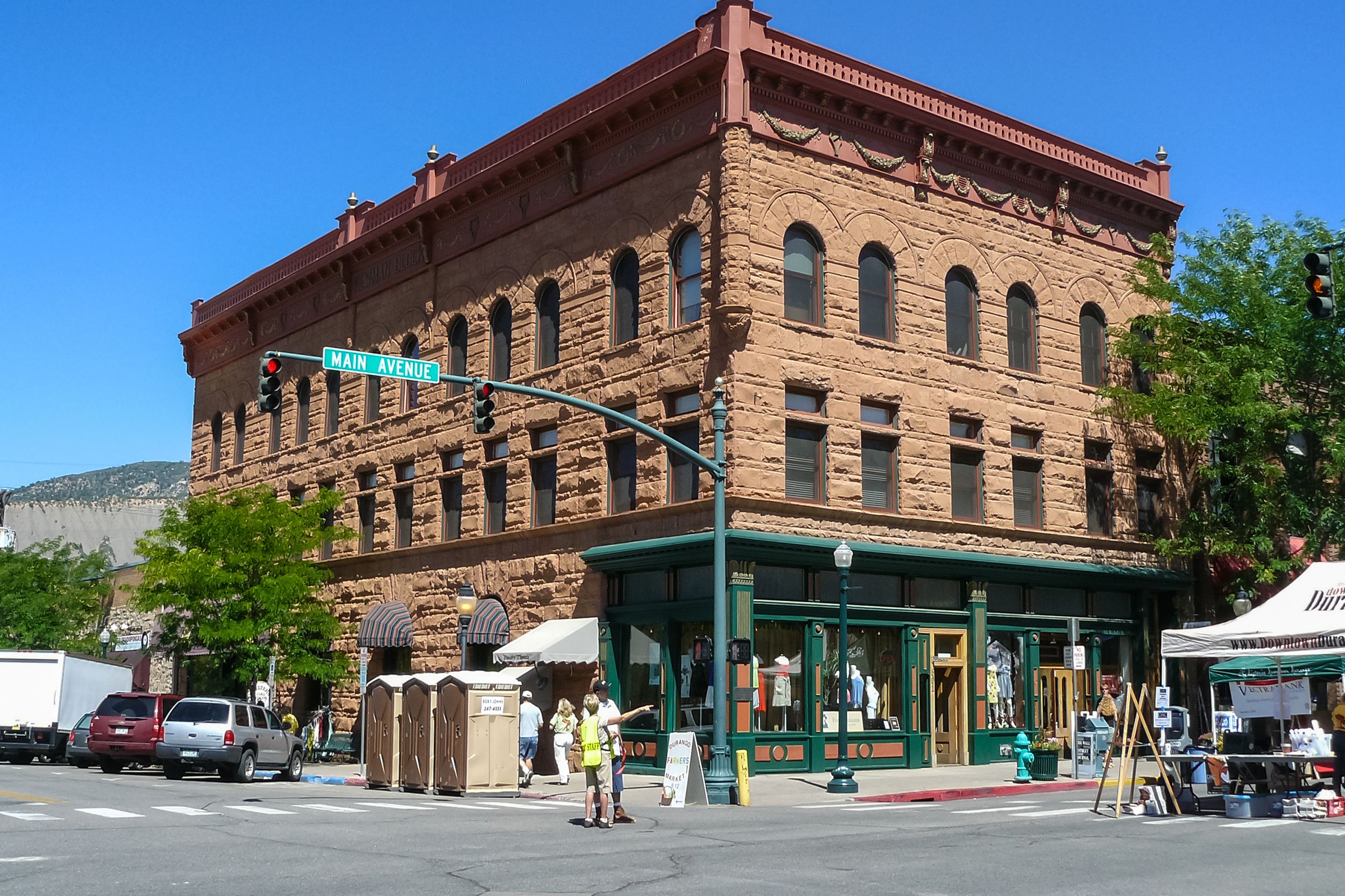
Distance: 305 miles
Don’t Miss: Durango National Historical District
Part of the San Juan Skyway, this stretch of Route 550 is one of the most scenic and treacherous drives in the country, particularly the 70-mile segment that skirts the Uncompahgre Gorge to the summit of Red Mountain Pass. In addition to offering spectacular views, Million Dollar Highway winds past old mining settlements abandoned (such as Animas Forks) and thriving (such as Silverton), with historic tours at the Old Hundred Gold Mine and Mayflower Mill. For a more era-appropriate mode of transport, or to spare yourself white-knuckling the hairpin turns, take the Durango & Silverton Narrow Gauge Railroad.
Related: Scenic Roads You Can Drive Only Around the Summer
New Mexico Trail of the Ancients Scenic Byway | New Mexico
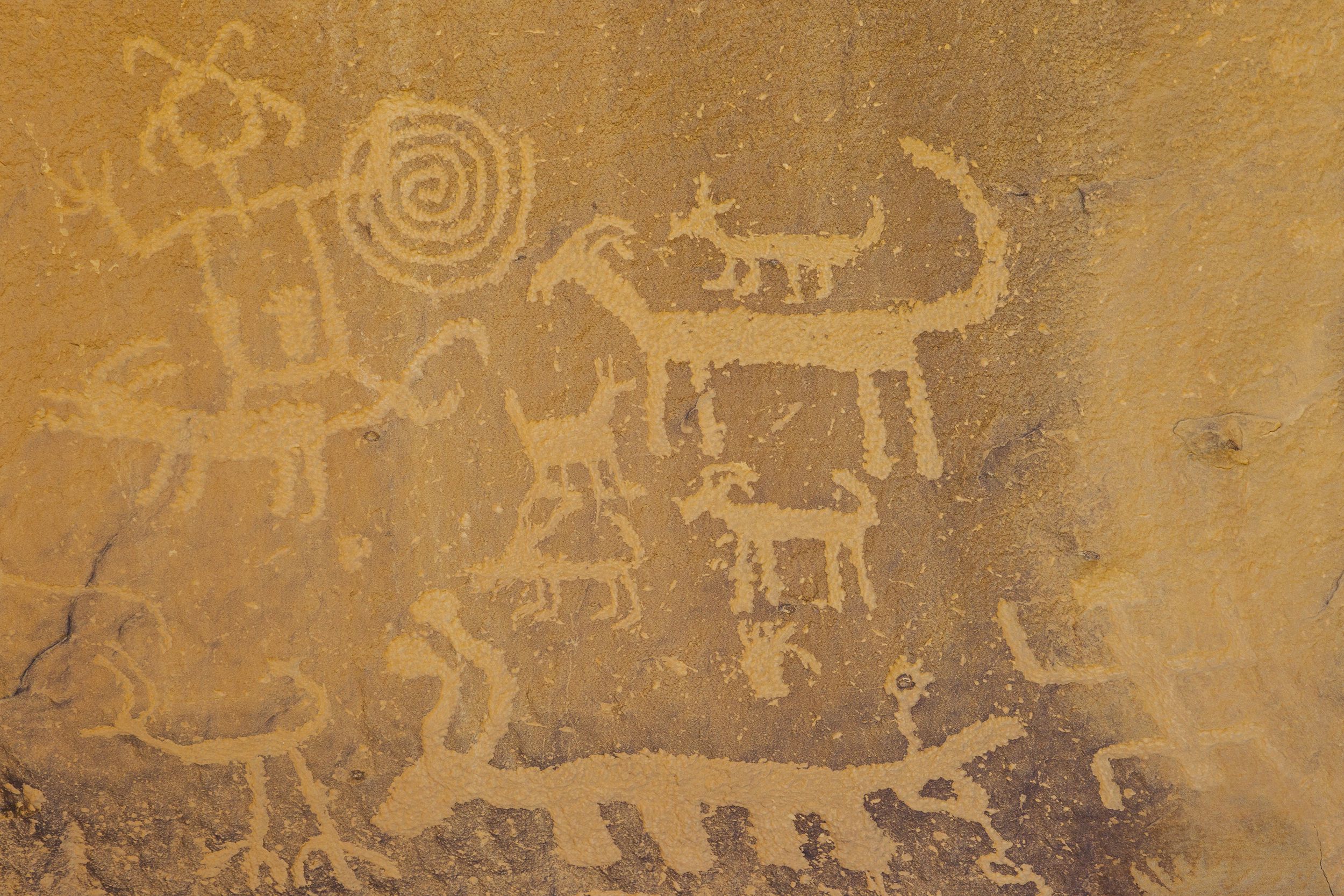
Distance: 660 miles
Don’t Miss: Chaco Canyon National Historical Site
Like the national byway of the same name, this state route traces remnants of pre-U.S. — in fact, prehistoric — human settlements throughout the Southwest’s four corners region. The UNESCO World Heritage Site at Chaco Canyon preserves the ceremonial center for Puebloan peoples from A.D. 850 to 1250, while El Malpais and El Morro National Monuments feature surreal volcanic landscapes and an ancient pueblo with petroglyphs carved into a sandstone butte.
Related: Stunning Landscapes That Make Earth Look Like Another Planet
The Road to Nowhere | North Dakota to Texas
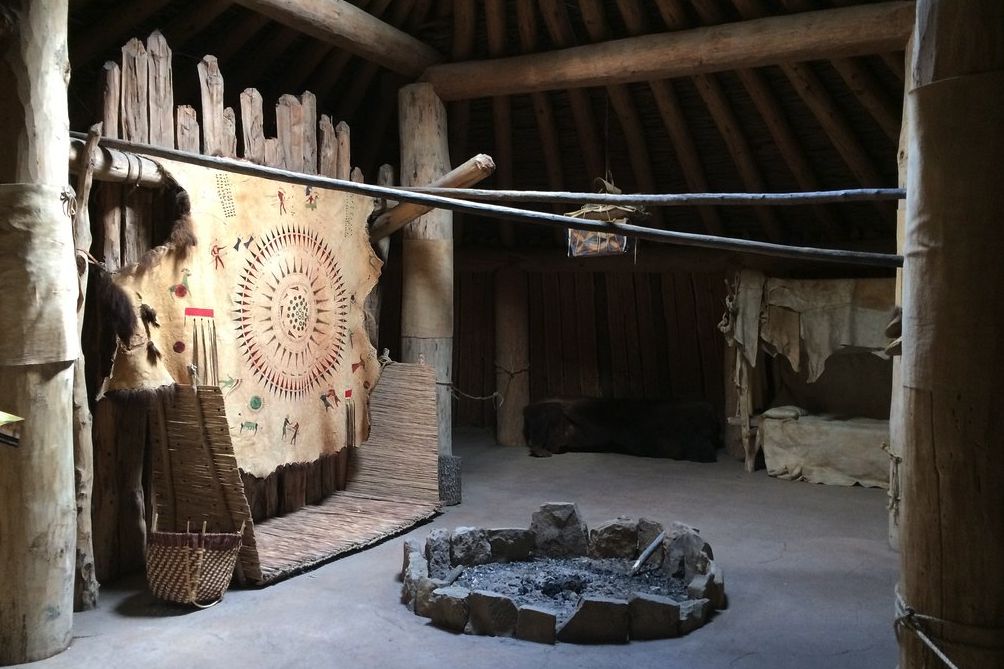
Distance: 1,885 miles
Don’t Miss: Knife River Indian Villages National Historic Site
Once the only paved route spanning from Canada to Mexico, US-83 encompasses scenery and sites spanning the breadth of North America’s rich landscapes and history. Steering clear of typical tourist hotspots, road trippers can take in the preserved fortifications and lodges of Plains Indians at Knife River National Historic Site, stop at the sprawling roadside attraction of Wall Drug, relive the life and times of Buffalo Bill Cody in North Platte, and remember the Alamo outside San Antonio.
Related: Historic Places Across America That You Can Tour Virtually
Sign up for our newsletter
Alabama Civil Rights Trail | Alabama
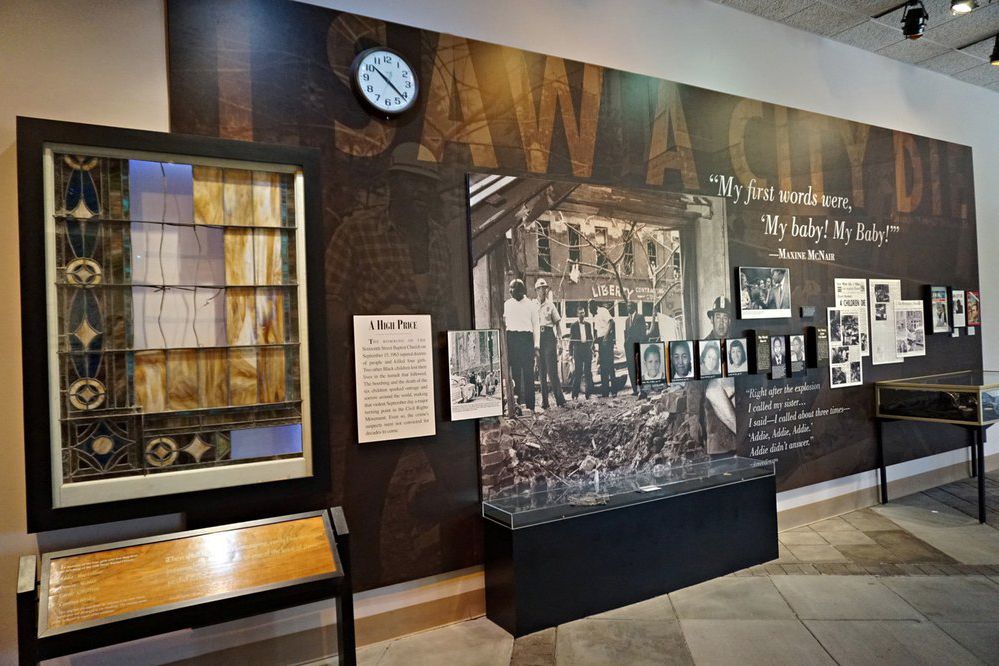
Distance: 175 miles
Don’t Miss: Birmingham Civil Rights Institute
Making up just one leg of the sprawling 15-state U.S. Civil Rights Trail, this concentrated portion commemorates the tragedies and protests of Alabama that galvanized the nation to act against racial injustice. Between Birmingham and Montgomery, travelers can visit the site of the 16th Street Baptist Church KKK bombing and Selma’s Edmund Winston Pettus Bridge, where the Martin Luther King Jr.-led march for voting rights culminated in violent clashes with law enforcement on Bloody Sunday, plus numerous sites where King lived and carried out his religious and political advocacy efforts. Educational stops such as the Voting Rights Trail Interpretive Center, the Selma-to-Montgomery Trail Interpretive Center, and Rosa Parks Museum provide context along the way.
Related: Destinations That Defined the 1960s
High Road to Taos | New Mexico
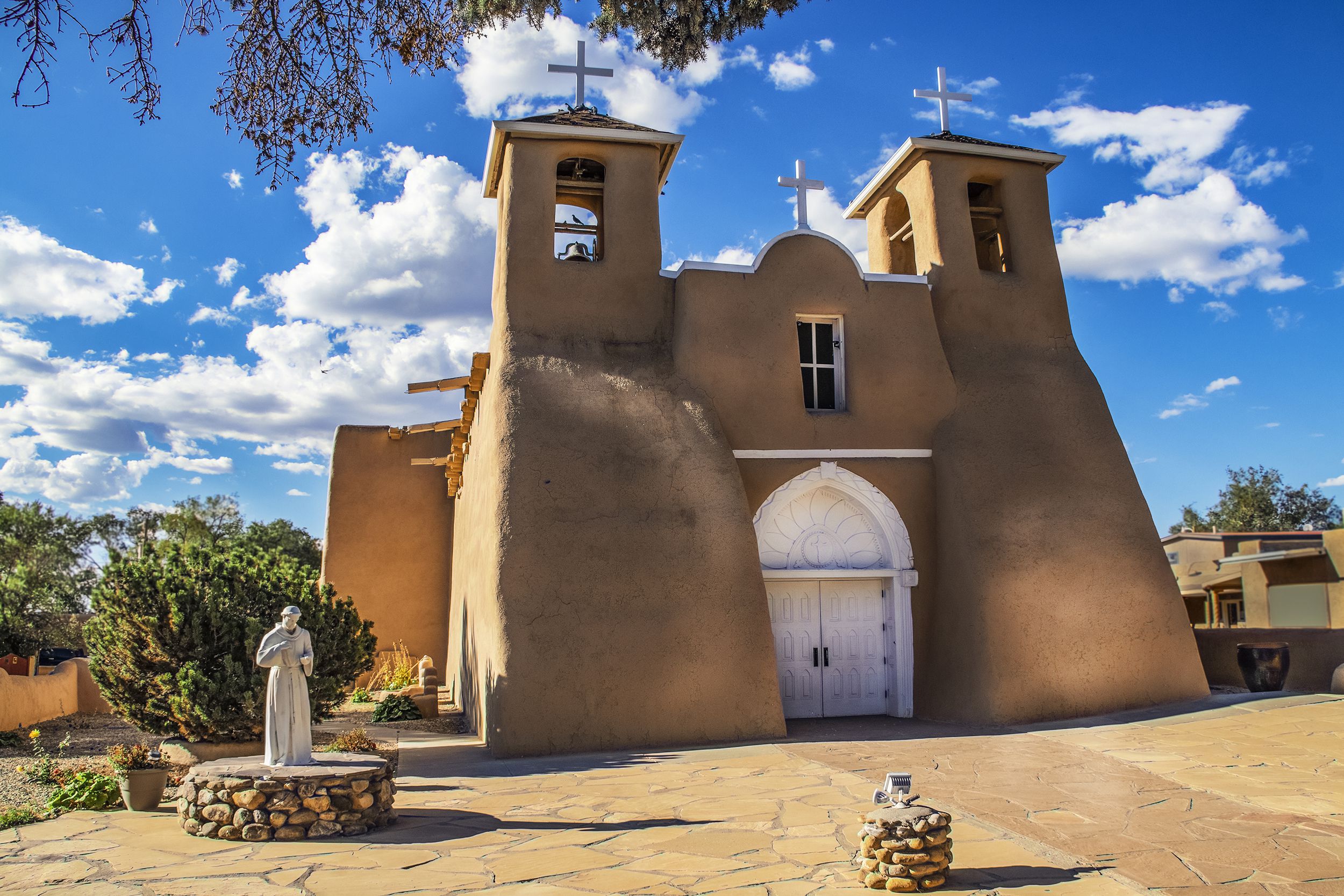
Distance: 67 miles
Don’t Miss: San Francisco de Asis Church
This scenic byway circumvents the interstate to take in northern New Mexico’s historic settlements dating back to Spanish colonial days, abounding with breathtaking natural geology and humanmade architecture. Stops to check out along the way include the fortressed Santuario de Chimayo, famed for the supposed healing powers of its soil, the 18th century mission of San Francisco de Asis (which inspired such storied artists as Georgia O’Keeffe), and the Pot Creek Cultural Site, featuring a reconstructed pueblo and subterranean kiva used for religious rituals.
Related: Small Towns with Vibrant Art Scenes
George Washington Memorial Parkway | Virginia
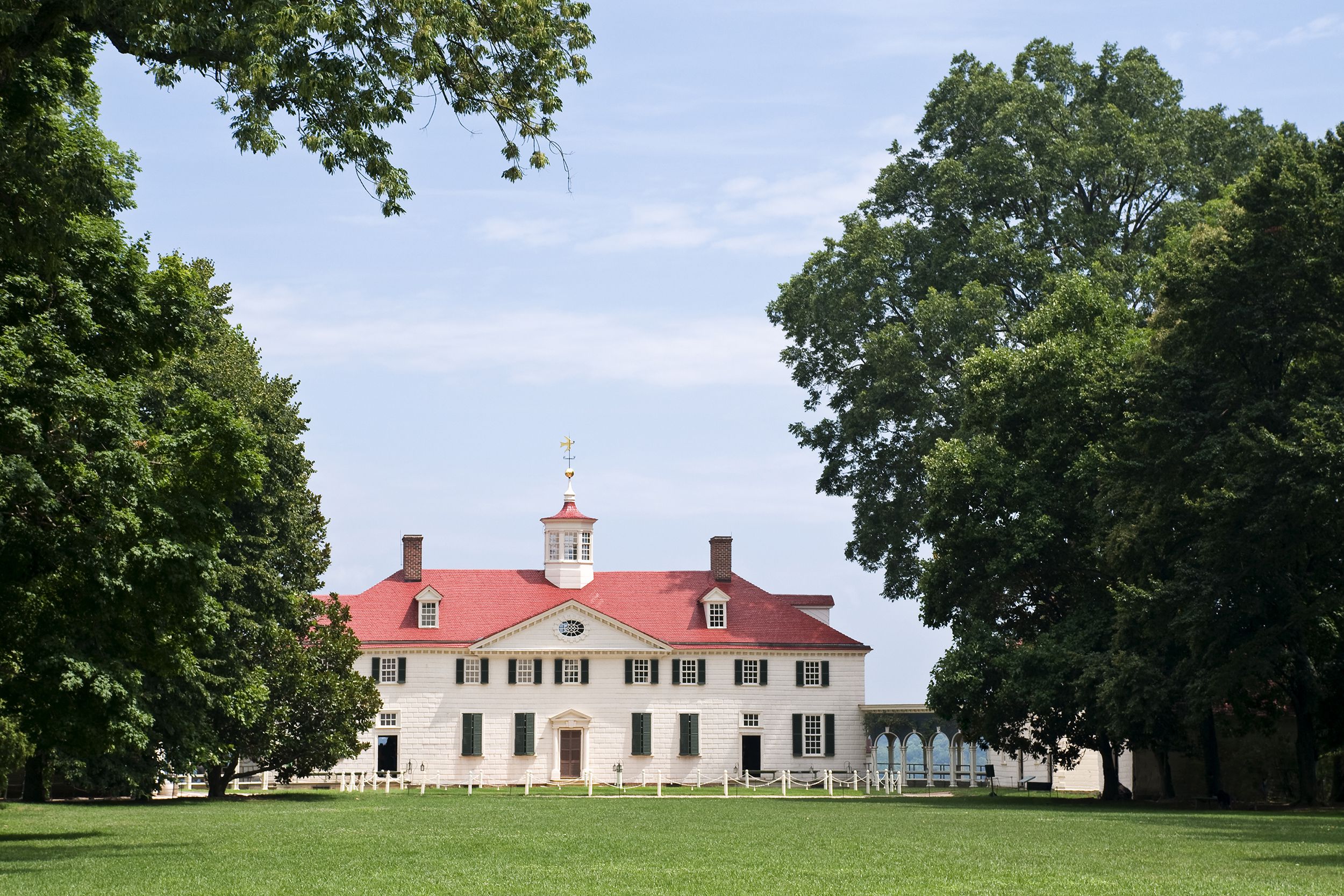
Distance: 25 miles
Don’t Miss: Mount Vernon
Beginning at George Washington’s Mount Vernon estate, this scenic driving route follows the Potomac River countryside for glimpses of the natural scenery and colonial settlements lingering from the time of America’s first president. After passing miles of picnic areas and marshland still teeming with wild turkeys, it culminates with the Arlington Memorial Bridge, symbolically connecting the Lincoln and Robert E. Lee Memorials on the north and south riverbanks. Nearby Fort Marcy showcases some of the best-preserved defenses from the Civil War.
Related: Virtual Tours of Famous Homes
Washington Heritage Trail | West Virginia
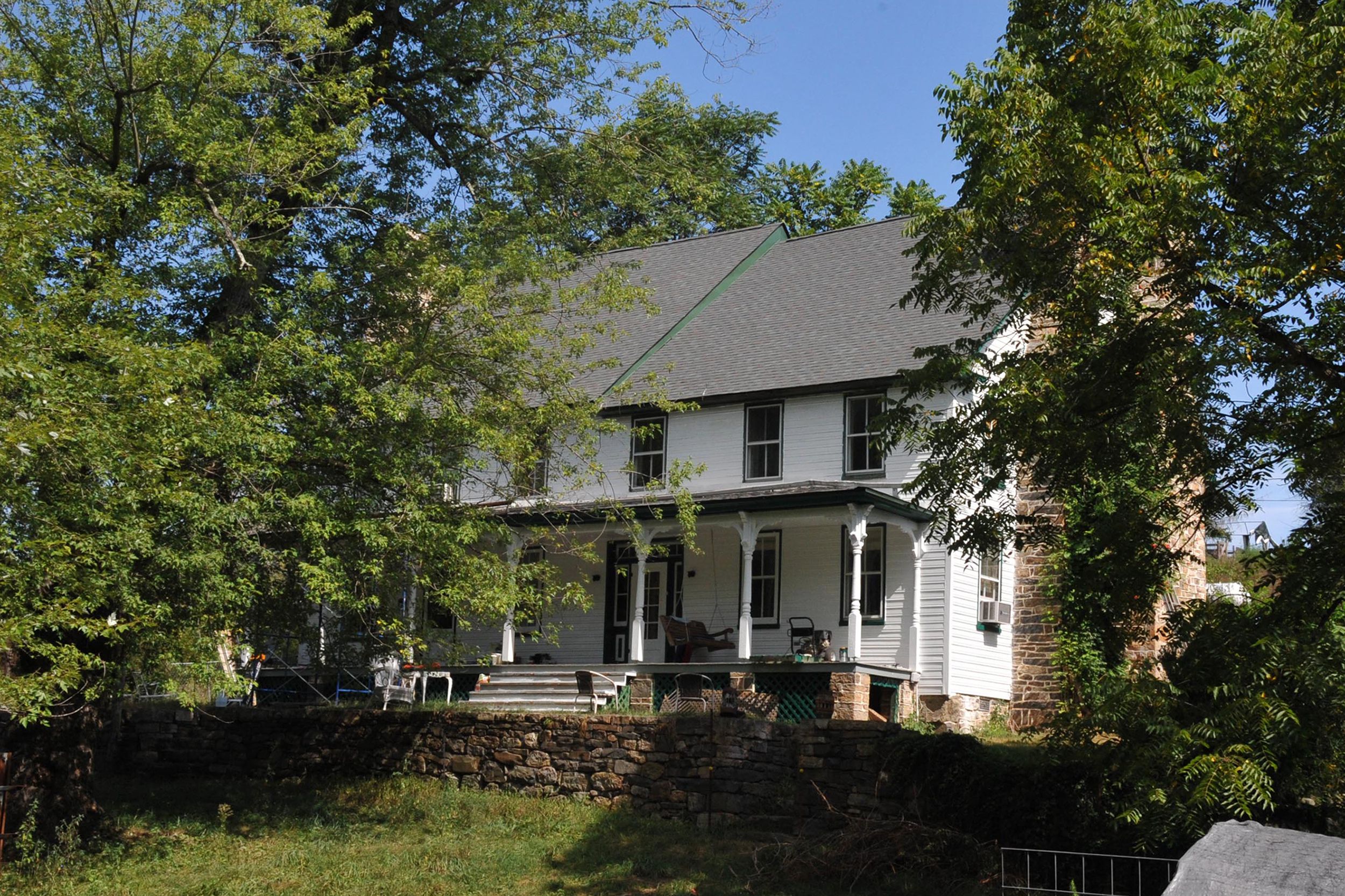
Distance: 136 miles
Don’t Miss: Snodgrass Tavern
This route through West Virginia’s Eastern Panhandle provides another, more rural look at the communities and specific sites that shaped George Washington’s life. Visit the Snodgrass Tavern, where he and Secretary of State Henry Clay enjoyed hard ciders, or George Washington’s bathtub, the country’s only outdoor monument to presidential bathing above the bubbling Berkeley Springs. Examples of colonial stone and log architecture stand strong at historic districts in Middleway, Bath, and Hedgesville, while Harpers Ferry commemorates the site of abolitionist John Brown’s famous anti-slavery revolt.
Related: Natural Hot Springs to Shake Off Winter’s Chill
Billy the Kid Trail | New Mexico
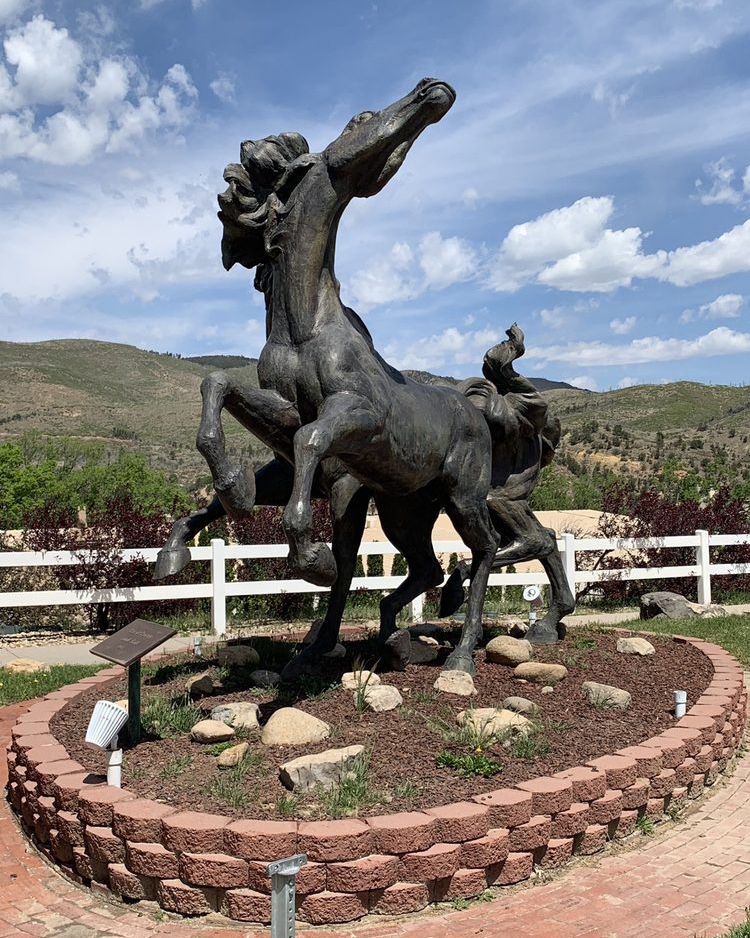
Distance: 67 miles
Don’t Miss: Hubbard Museum of the American West
American folklore would be nothing without its outlaws, including William Booney, better known as Billy the Kid. This loop routes you through breathtaking mountain scenery and Wild West history such as the Lincoln County War, a pioneer feud best summarized at the Hubbard Museum of the American West. Along the way, the Lincoln State Monument preserves 17 buildings from the 19th century, including the courthouse from which Billy escaped, while Fort Stanton — a slight detour — boasts its own unique history, employed first for protection against Native American warriors and later to intern Japanese and German citizens during World War II.
Related: Towns Where You Can Still Experience the Wild West
Journey Through Hallowed Ground National Heritage Area | Pennsylvania, Maryland, Virginia
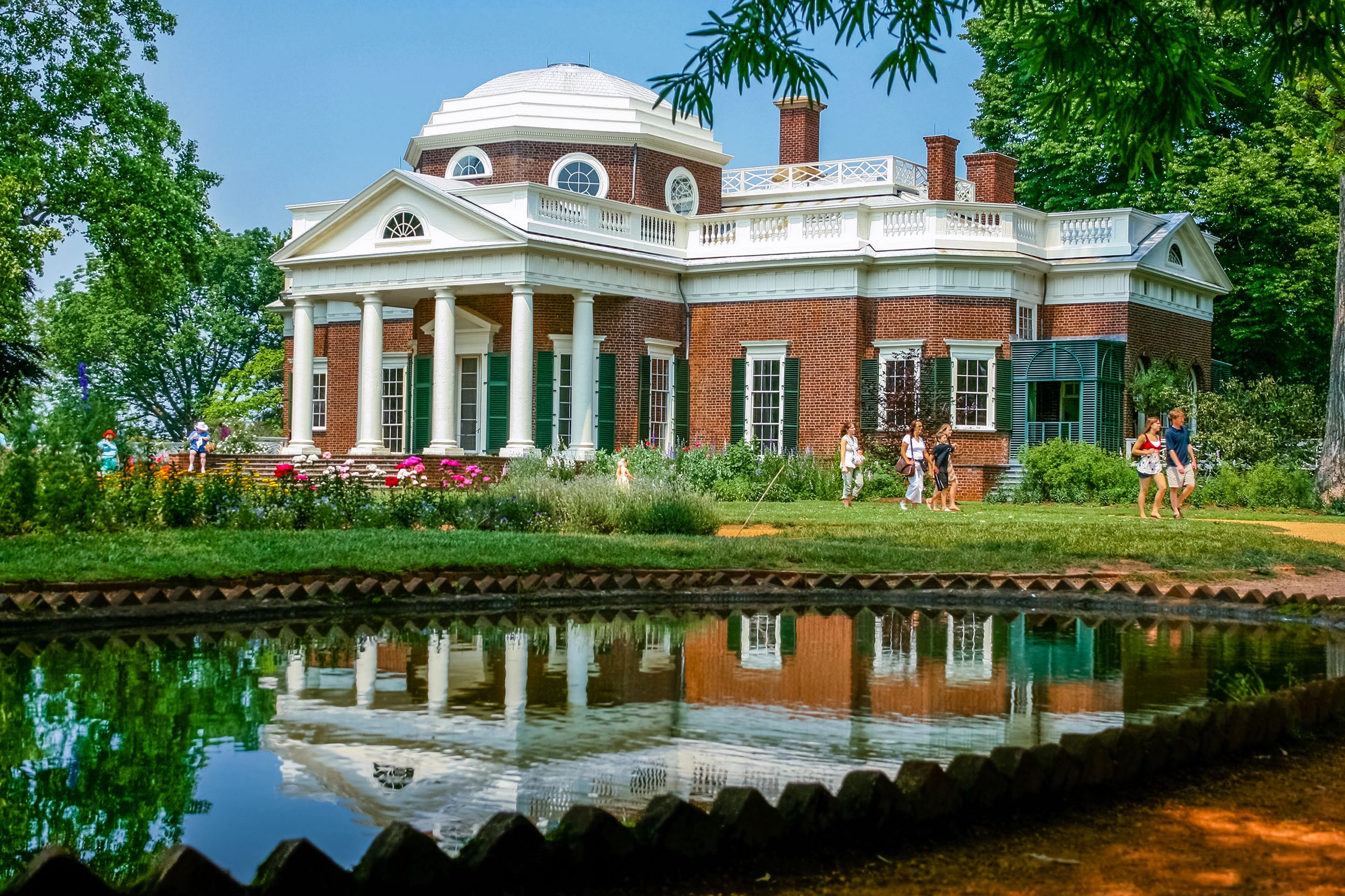
Distance: 180 miles
Don’t Miss: Monticello
Beginning in Charlottesville (or Gettysburg, if you prefer), this route provides access to three early presidential estates, including Thomas Jefferson’s Monticello and James Madison’s Montpelier. An even bigger claim to fame is the area’s Civil War history. Manassas National Battlefield Park marks the first hostilities between Union and Confederate armies and Gettysburg the war’s bloodiest and most pivotal battle, with President Abraham Lincoln’s ensuing address lending the byway its name.
Related: The Best Places in America to Travel Back in Time
Historic National Road | Illinois to Maryland
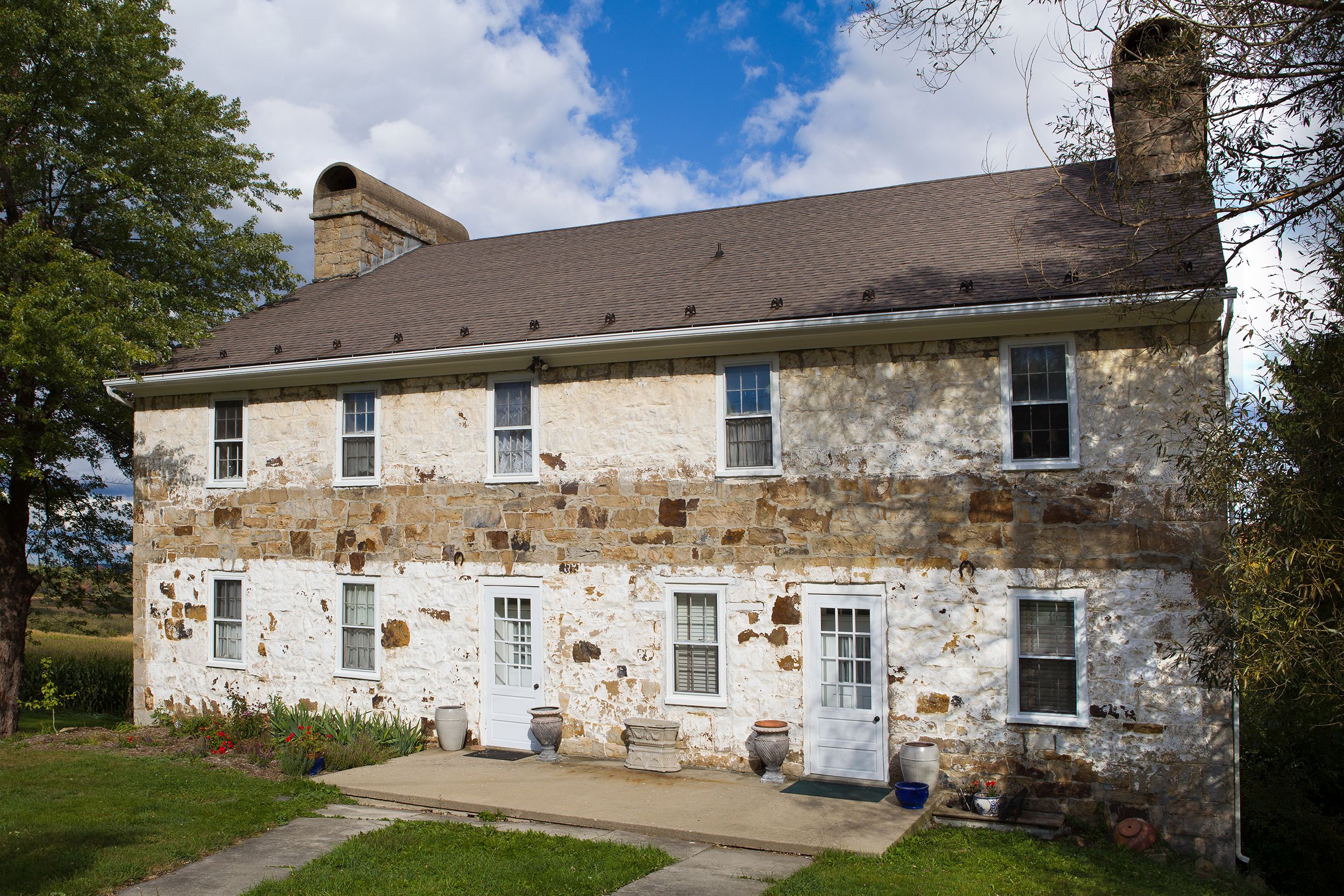
Distance: 824 miles
Don’t Miss: Inns on the National Road
Started in 1811, the Historic National Road was America’s first federally funded interstate highway, providing a path for thousands of settlers. A true living history trip should begin with the legendary hospitality of one of Cumberland’s historically designated inns and include stops at some of the disused “tollhouses” along the way. Another must-visit is Fort Necessity, site of the opening battle of the French and Indian War in 1754, creating the circumstances that led to the American revolution.
Related: Spectacular and Spooky Abandoned Roads Around the World
Zydeco-Cajun Prairie Scenic Byway | Louisiana
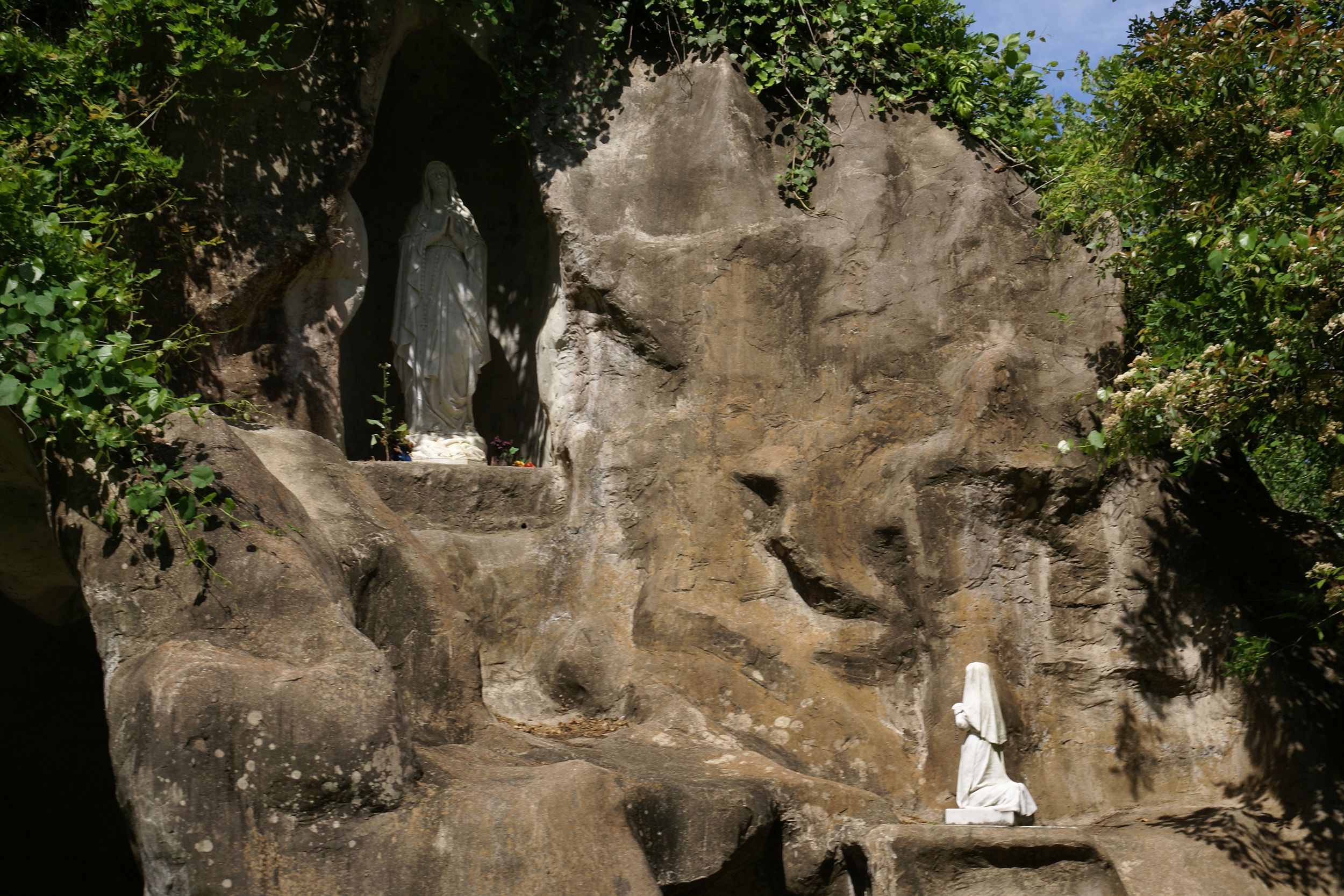
Distance: 276 miles
Don’t Miss: Grand Coteau National Historic District
The sheer scope of America makes it home to many regional subcultures, and this byway offers a glimpse into one of the most distinct in southern Louisiana, where French, Spanish, Creole, and Anglo-American traditions meld. In addition to down-home Cajun B&Bs and Zydeco music venues, the route encompasses some of the best-preserved rural historic areas in the nation, particularly in Washington, where 80% of the town’s buildings are on the National Register of Historic Places. There are diverse examples of French Creole, Acadian, and Anglo-American architecture throughout. Be sure to visit Fred’s Lounge for the Saturday morning ritual of Cajun music and dancing and Budden’s for local sausages and other specialties in an old-fashioned general store.
Related: Oldest General Stores in America
Life and Times of Lincoln Loop | Illinois
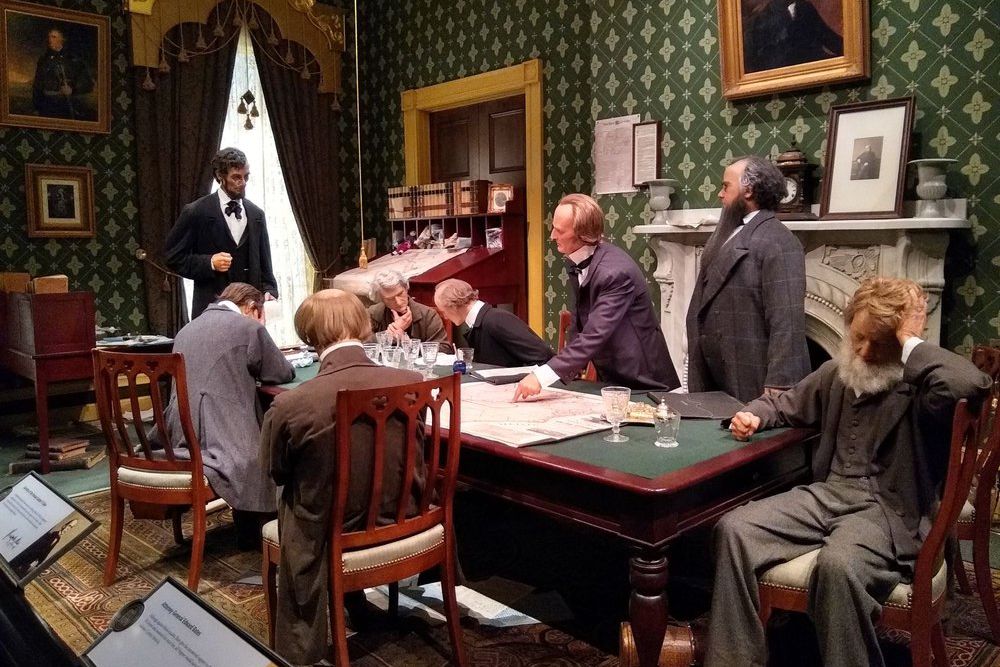
Distance: 120 miles
Don’t Miss: Abraham Lincoln Presidential Library and Museum
Part of the Abraham Lincoln National Heritage Area, this loop through Central Illinois is designed to give visitors insight into the 14th president’s early years, before he’d lead the country through its bloodiest conflict to date. The Lincoln Heritage Museum in Bloomington preserves some of his possessions and personal correspondence, while the Postville County Courthouse replicates the setting of his legal cases. In Springfield, the Lincoln Home National Historic Site preserves intact the only home he ever owned, and the New Salem Historic Site reconstructs the pioneer village in which he worked odd jobs as a young man. The Oak Ridge Cemetery holds his final resting place.
Related: Valuable Autographs Sold at Auction
Kentucky Bourbon Trail | Kentucky

Distance: 110 miles
Don’t Miss: Frazier Kentucky History Museum
Just as the Scots have whiskey and Russians vodka, America has bourbon to claim as its native spirit. Launched in 1999 to promote the local distillers’ industry, the Kentucky Bourbon Trail offers an easy starting point to understand the past and taste the present of Kentucky’s world-famous bourbon production. Begin at the Frazier Museum for the immersive “Spirit of Kentucky” exhibit and plan visits to 18 tasting stops along the trail, making sure to include Barton 1792, the oldest fully functioning distillery in Bardstown, and the Evan Williams Bourbon Experience, which recreates the settings and origin story of Kentucky’s first commercial distiller.
Related: Best Budget Bottles of Bourbon Under $50
The Blues Highway | Tennessee to Louisiana

Distance: 510 miles
Don’t Miss: Stax Museum of American Soul Music
Highway 61 has been the epicenter of countless urban myths and American musical legends, connecting pivotal sites in the development of blues, jazz, soul, and rock ’n’ roll. The southern stretch along the Mississippi Delta boasts historic museums and cultural venues of Memphis and New Orleans, including the Stax Museum of American Soul Music and the modern musical gumbo featured at venues along Frenchman Street. Make time for the Gateway to the Blues Visitors Center & Museum in Tunica and the Clarksdale crossroads, where blues pioneer Robert Johnson allegedly bartered his soul for greater guitar skill.
Related: Bucket-List Destinations for Music Lovers
California National Historic Trail | Missouri to California
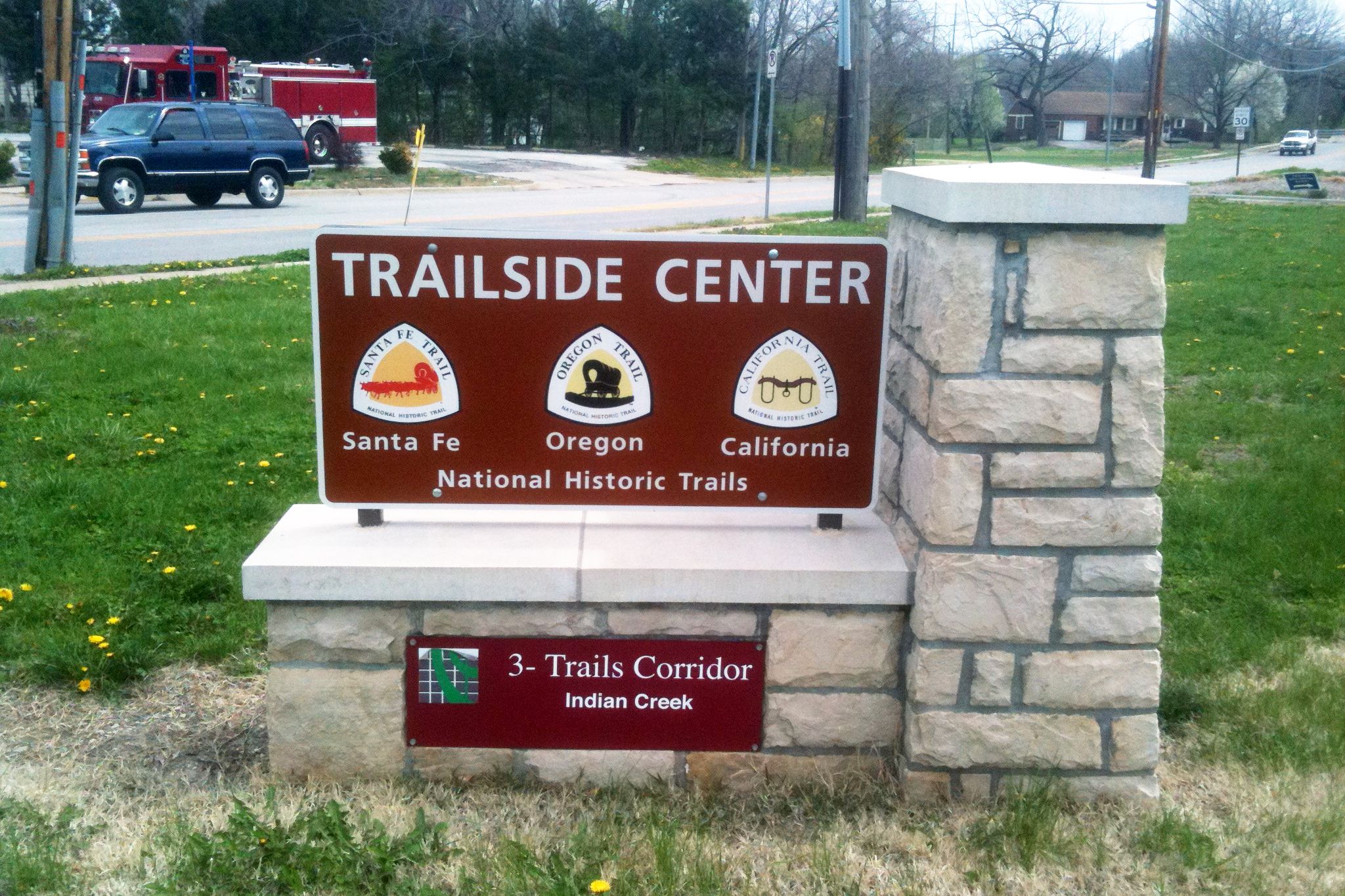
Distance: 2,000 miles
Don’t Miss: Trailside Center
Promises of gold and cheap farmland lured more than 250,000 to California in the largest mass migration in U.S. history during the 1840s and ’50s. Their tracks remain, literally, along this national byway through 10 states, featuring more than 1,000 miles of wagon ruts and hundreds of scenic natural landmarks. Because of the diffused nature of the route, sites will vary depending which itinerary you follow, but normally conclude at the preserved Sutter’s Fort — founded as “the kingdom of New Helvetica” before collapsing during the rush for wealth and becoming a foundation for the state capitol of Sacramento.
Related: The Best of California For Budget Vacations
Mormon Pioneer National Historic Trail | Illinois to Utah
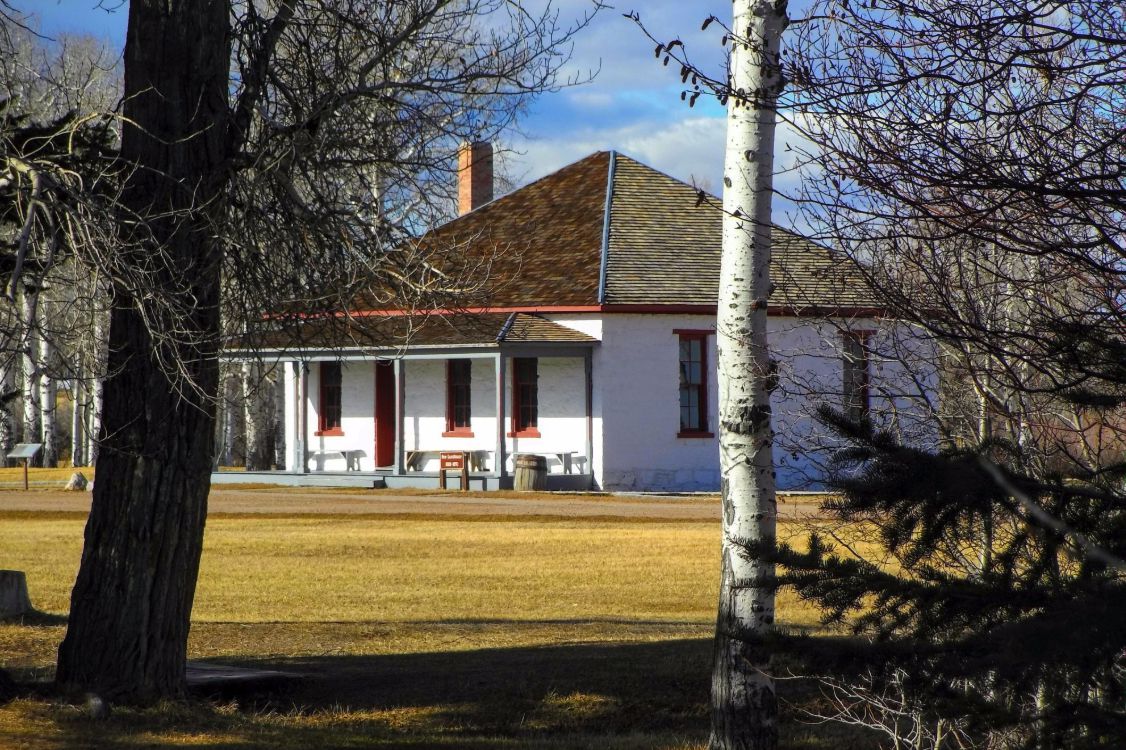
Distance: 1,300 miles
Don’t Miss: Fort Bridger State Historic Site
Among the many emigrant populations seeking greener pastures out west were the persecuted Mormons, who embarked from Nauvoo, Illinois, to Great Salt Lake from 1846 to 1868. The path of their exodus follows a route similar to the Oregon and California trails, but with unique landmarks that include Brigham Young’s Nauvoo home, a Historic Winter Quarters in Omaha, and the Museum of Church History and Art, filled with artifacts from the early days of Utah’s settlement. Don’t miss a stop at Fort Bridger or Fort Laramie, well-preserved outposts that acted as all-purpose crossroads for frontier expansion.
Related: Small Towns That Shaped the Course of American History
Nez Perce National Historic Trail | Oregon to Montana
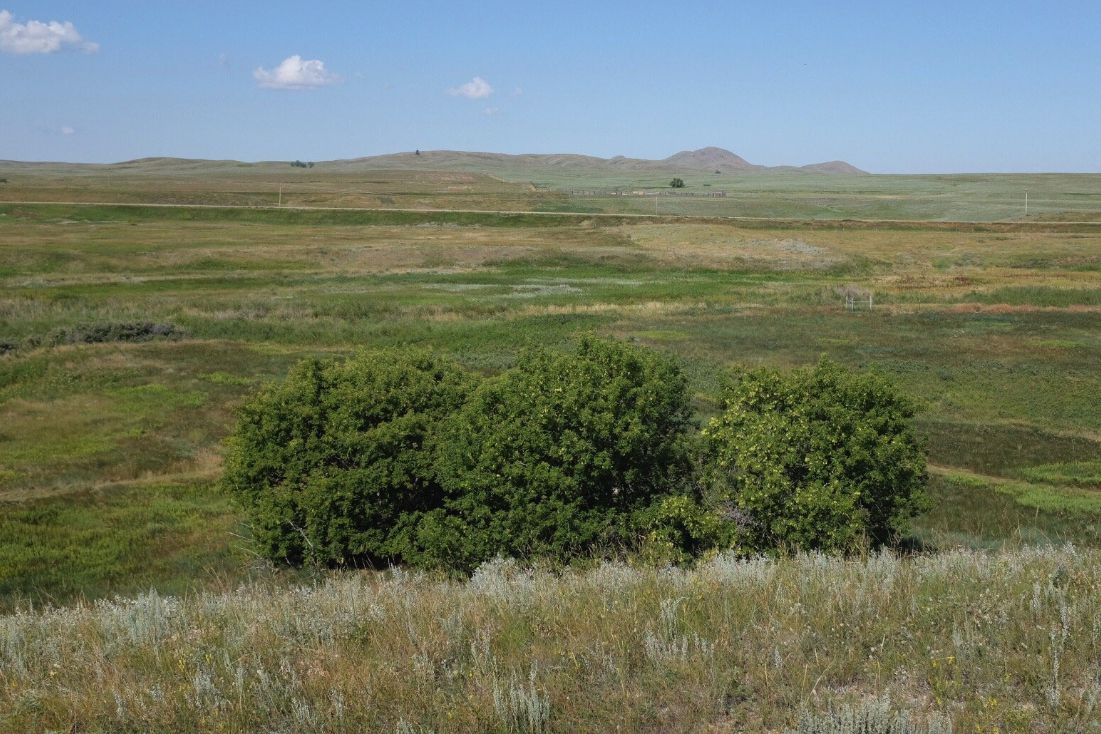
Distance: 1,170 miles
Don’t Miss: Bear Paw Battleground
This trail follows the embattled route of the Nez Perce Indian Tribe, which traversed four states toward Canada in 1877 to escape being forced onto a reservation by the U.S. Cavalry. Major stops include bloody battlegrounds and earlier sites of collaboration with the Corps of Discovery, including Canoe Camp, where the Nez Perce carved the vessels that carried Lewis and Clark to the Pacific Ocean.
Related: 50 Best Small Towns to Visit in Winter
Santa Fe National Historic Trail | Missouri to New Mexico
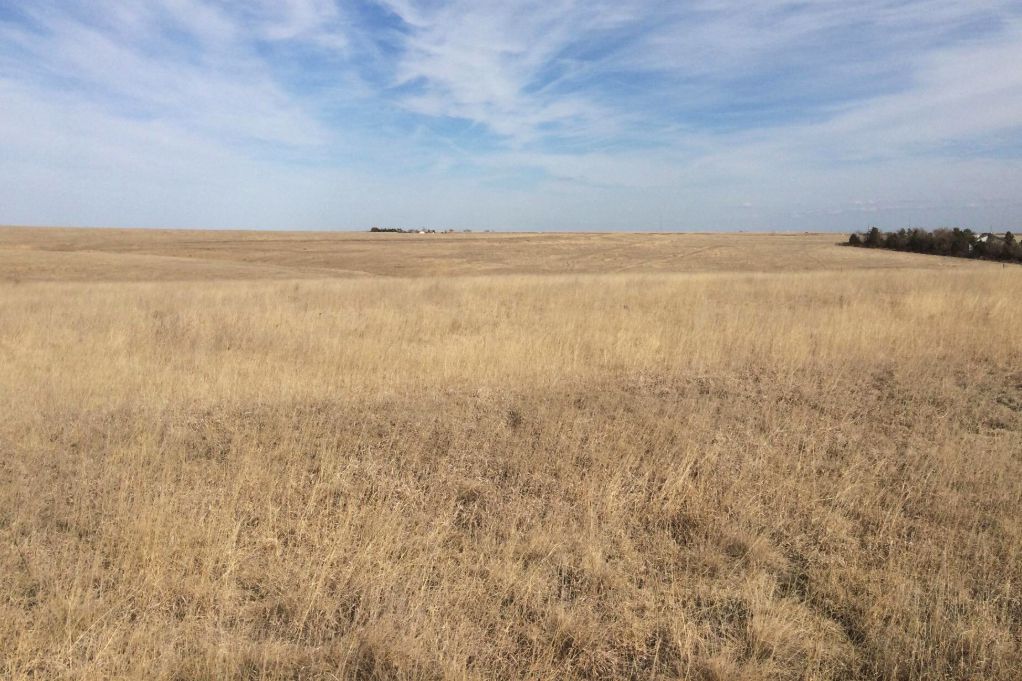
Distance: 1,200 miles
Don’t Miss: Santa Fe Trail Remains
The Santa Fe Trail was a major commercial — and then military — thoroughfare connecting the Missouri frontier to New Mexico, even before it became a U.S. territory in the Mexican-American War. The Santa Fe Trail Remains near Dodge City, Kansas, showcase the longest and clearest stretch of ruts left over from early traders, but you’ll get more valuable context on the route’s significance at the Santa Fe Trail Center Museum or the living history recreations of Mahaffie Stagecoach Stop or Bent’s Old Fort, where European colonialists and Cheyenne and Arapaho tribes traded peacefully.
Related: Under-the-Radar Road Trips You Can Take in a Day
Natchez Trace Parkway | Tennessee to Mississippi
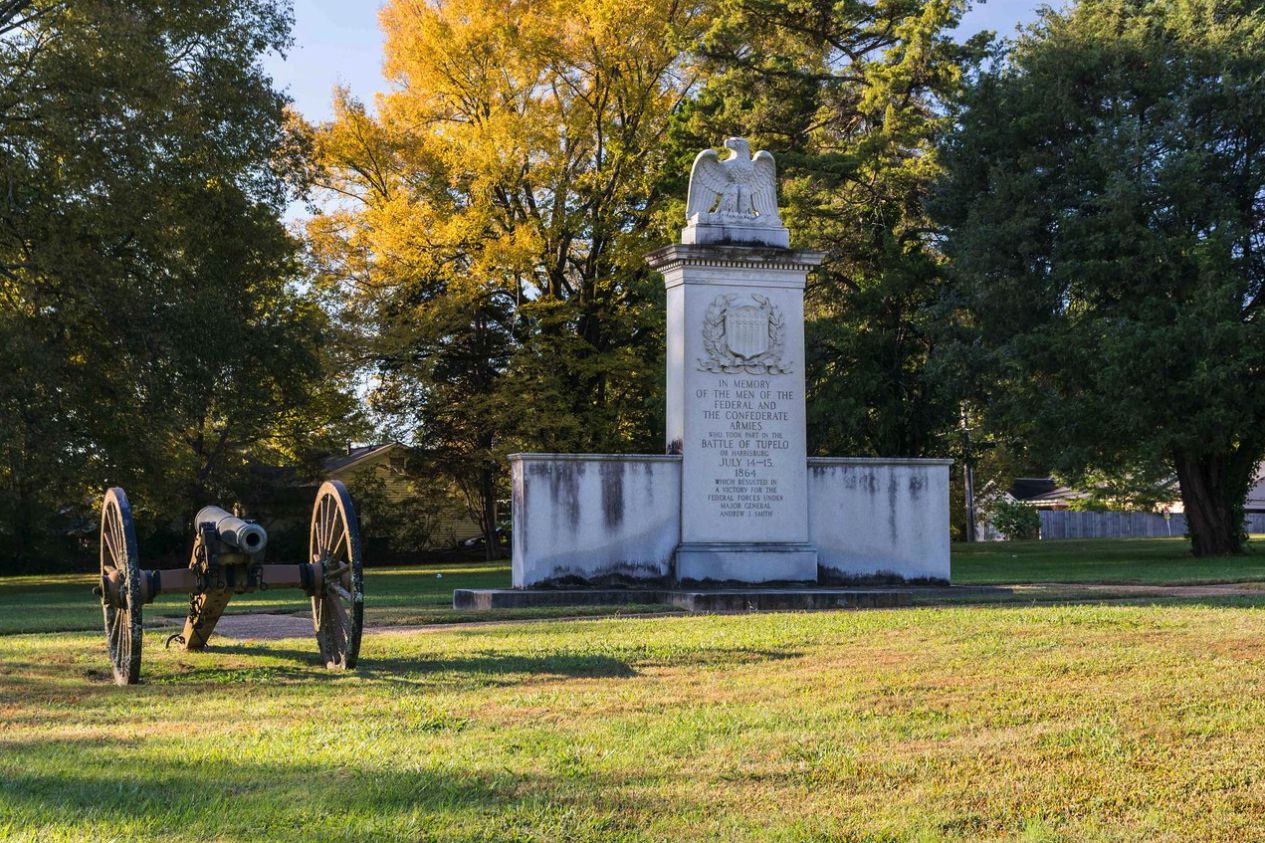
Distance: 444 miles
Don’t Miss: Tupelo National Battlefield
This All-American Road retraces the Old Natchez Trace footpath, forged and used by Native Americans for centuries before European and American settlers made it their own with trailside inns to serve travelers. Along with timeless woodlands, the route is dotted with prehistoric Native American mounds and other archaeological sites, interpretive Civil War battle sites, and ghost town settlements such as Pigeon Roost and Rocky Springs.
Related: Spooky Ghost Towns Across America
Wilderness Road | Kentucky
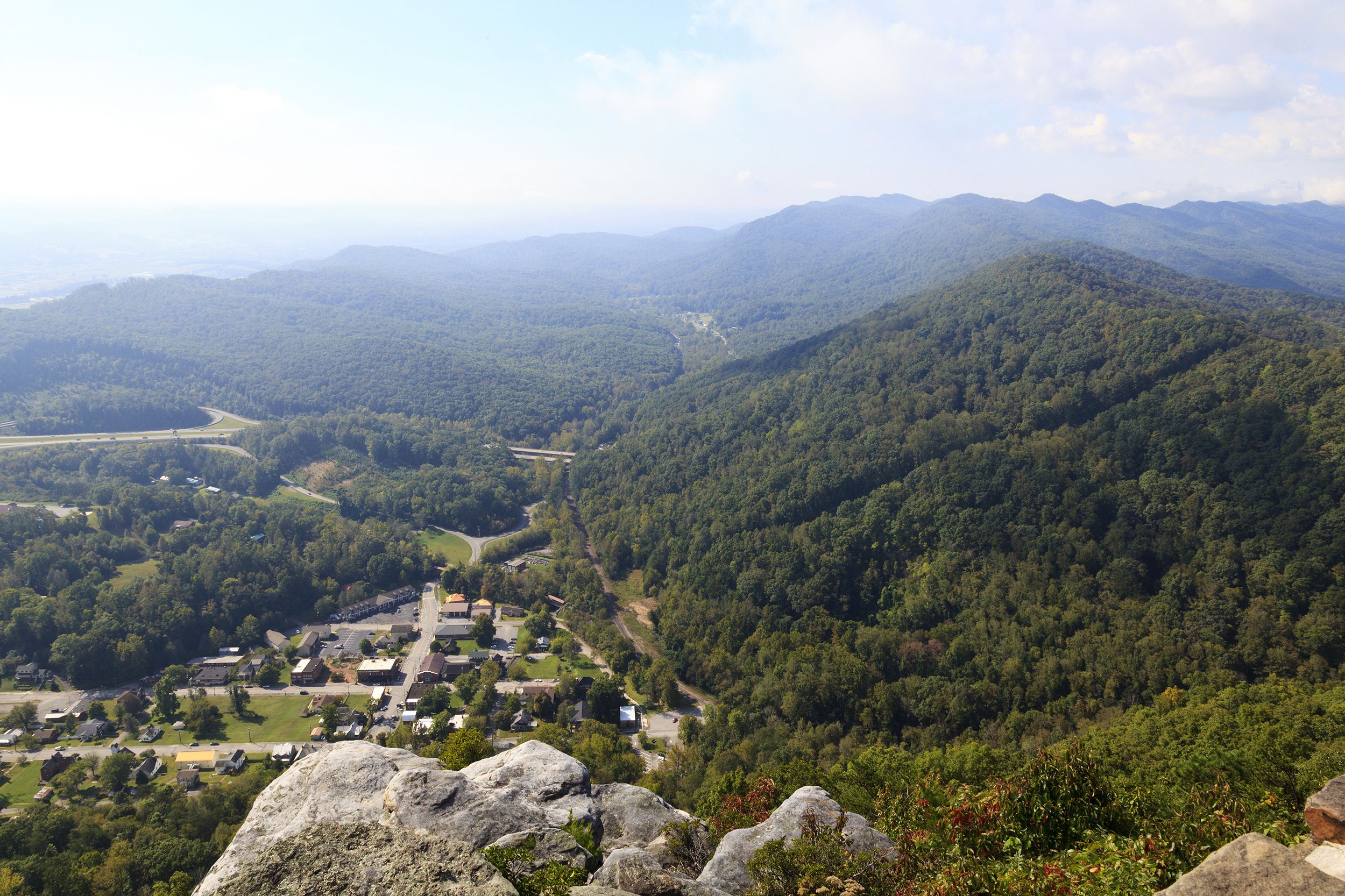
Distance: 94 miles
Don’t Miss: Cumberland Gap National Historical Park
In 1775, Daniel Boone blazed this trail through mountainous woodlands that would establish Kentucky’s first colonial settlements and provide access for some 300,000 western settlers in the years to follow. Wilderness Road State Park and Cumberland Gap National Historical Park boast education exhibits and historic sites preserving the early pioneers’ community outposts, while towns such as Barbourville and Berea bring regional culture into the modern day with craft fairs and Appalachian music performances.
El Camino Real de Tierra Adentro National Historic Trail | Texas to New Mexico
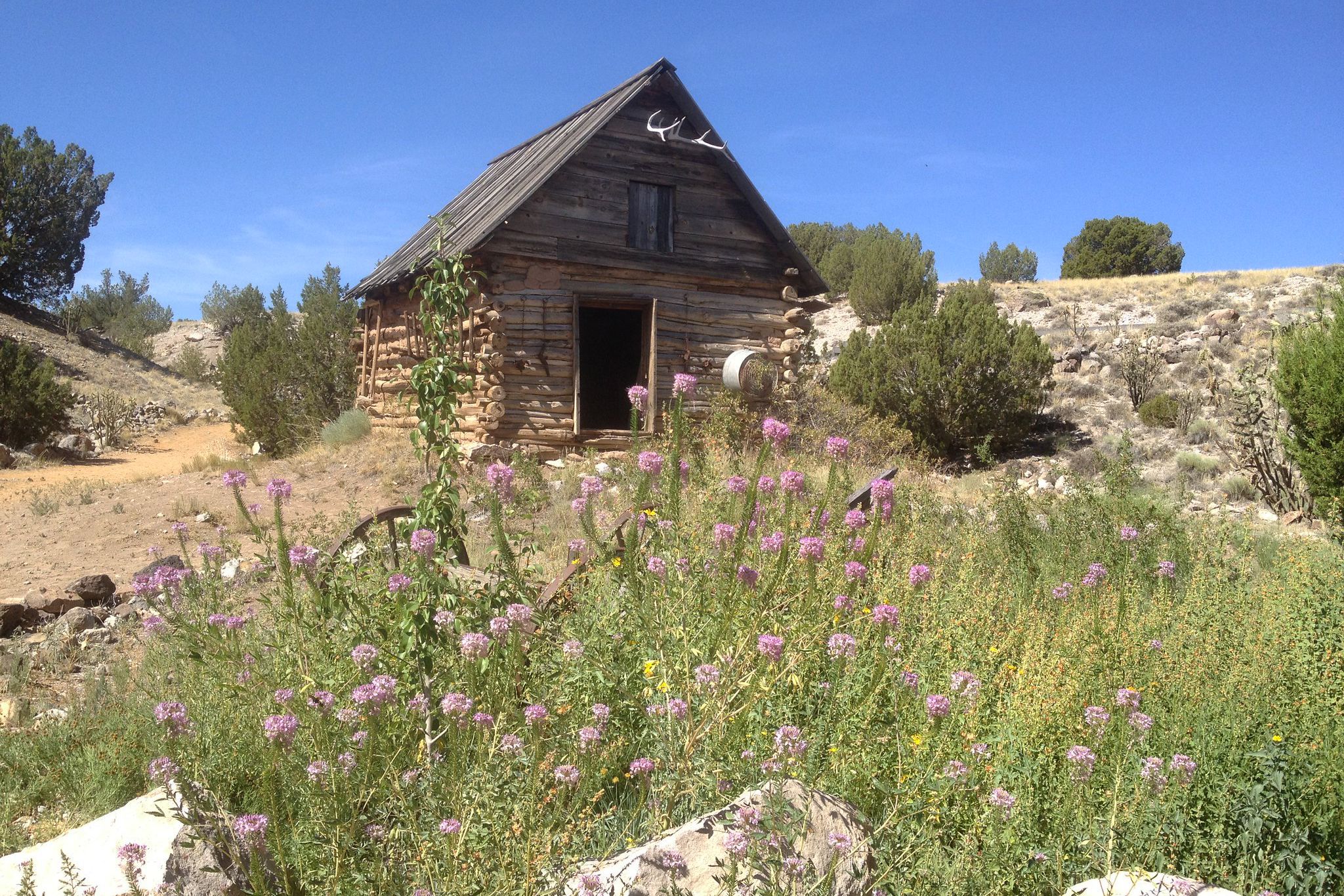
Distance: 404 miles
Don’t Miss: The Pueblo of Pojoaque; El Rancho de las Golondrinas; El Cerro de Tomé
Before the United States annexed and established its own routes to the formerly Spanish-owned territory, New Mexico could be accessed only by this “royal road” from Mexico City, established in the 16th century along Indian trails dating back even further. This National Historic Trail now highlights the centuries of commercial and cultural exchange that occurred at waypoints such as the Pueblo of Pojoaque, the missions of Socorro and Presidio Chapel, Forts Craig and Selden from the Civil War, and El Rancho de las Golondrinas, a caravan rest stop turned living history museum.
Old Mine Road | New Jersey
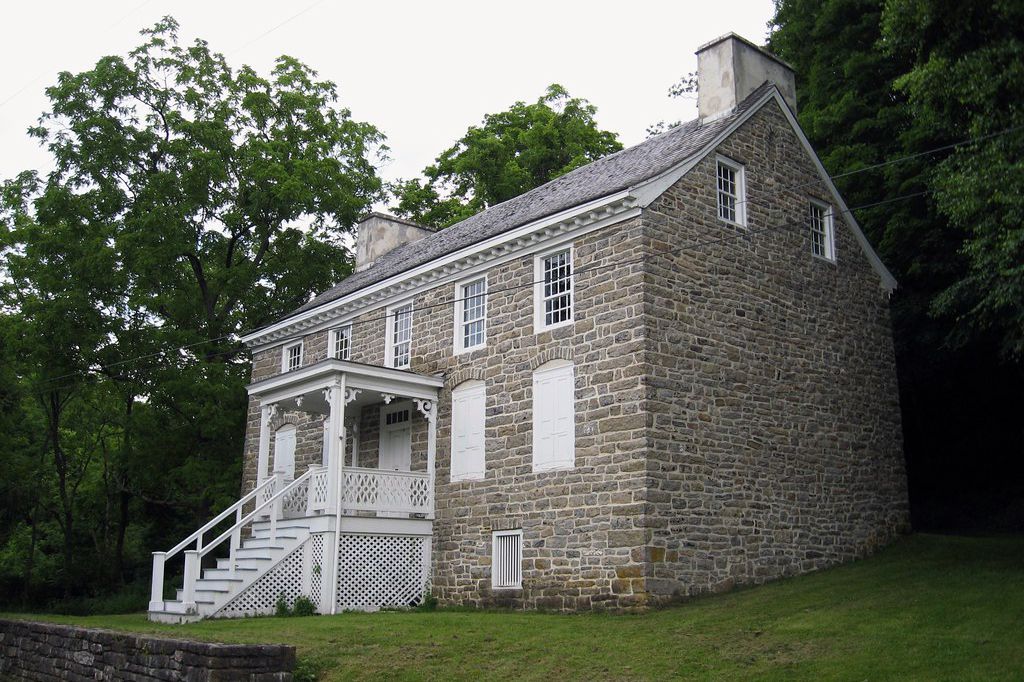
Distance: 104 miles
Don’t Miss: Van Campen’s Inn
Reportedly built by Dutch miners in the mid-1600s, this route connecting Philadelphia and the Hudson River is one of the nation’s oldest continuously used roads, with multiple original unpaved sections you can still walk at the historic Carmer’s Fort and Van Campen’s Inn. The idyllic forests are dotted with historic farmhouse inns, forts, and villages, including Bevans (now the Peters Valley School of Craft, but still open for self-guided tours) and Walpack Center, whose historical society maintains the Rosenkrans House and Museum.
Related: Oldest Restaurant in Every State
Blue Ridge Parkway | Virginia to North Carolina
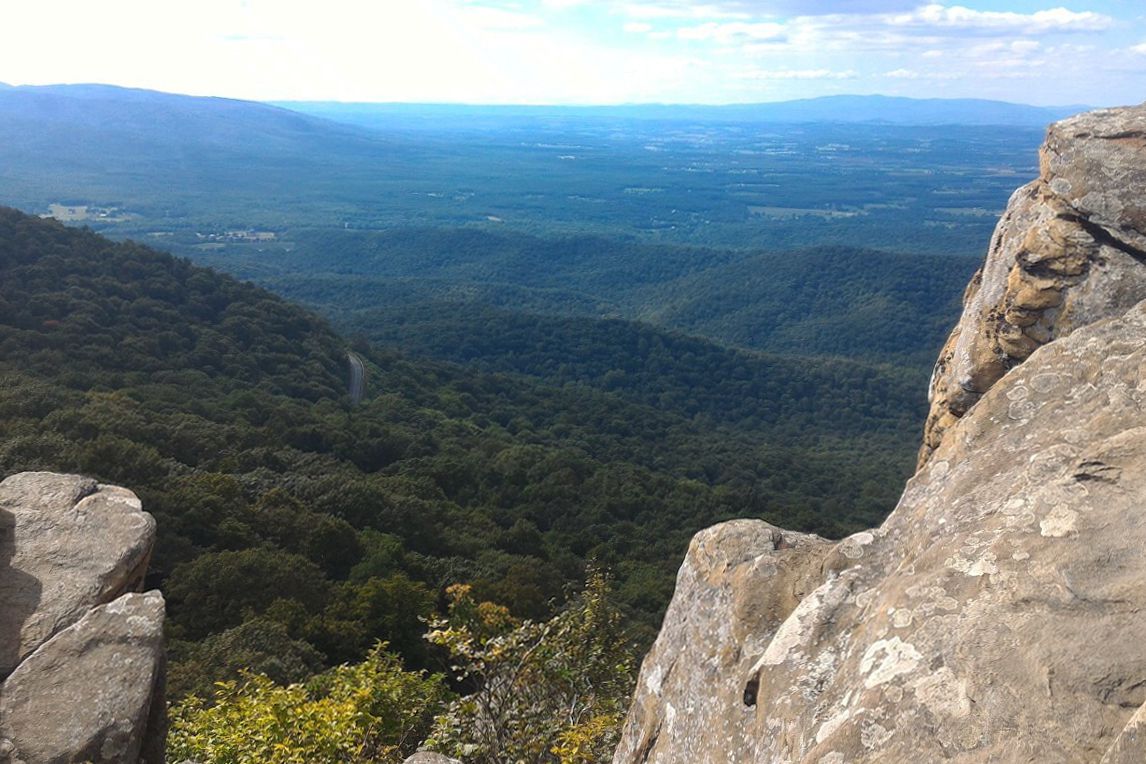
Distance: 469 miles
Don’t Miss: Humpback Rock
One of America’s most scenic (and popular) drives, Blue Ridge Parkway gives motorists easy access to Appalachian highland vistas that have been beloved since the days of Washington and Jefferson. While most of the scenery is natural and timeless, interpretive trails provide access and historic context around preserved buildings such as Brinegar Cabin and Mabry Mill, where National Park Service officials traditionally offer craft demonstrations in summer. The Blue Ridge Music Center and Folk Art Center, meanwhile, preserves and passes on old-timey Appalachian culture.
Related: Bucket-List Experiences in America’s National Parks
El Camino Real de los Tejas National Historic Trail | Texas, Louisiana
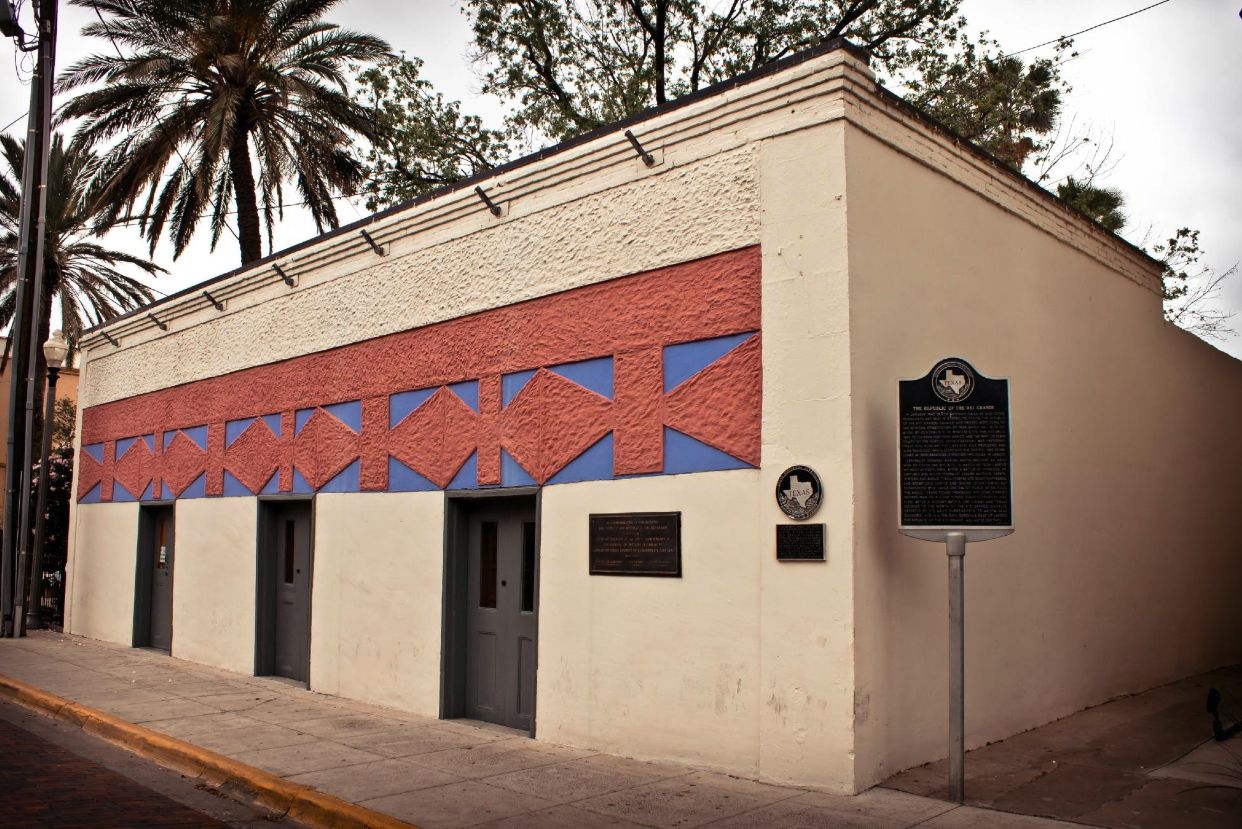
Distance: 2,580 miles
Don’t Miss: The Republic of the Río Grande Museum
Another “royal road” connecting Spain’s former colonies, this National Historic Trail cuts through southern Texas on its way to Mexico City, featuring well-preserved missions, fortified presidios, and military comandancias. While a pair of restored house museums in Laredo re-create the structures and stories of 19th century frontier life, the highest concentration of history can be found on the Old San Antonio Road, including the Alamo and four other missions that proved pivotal in the fight for Texan independence.
Related: The Oldest Building in Each State
Texas Forts Trail | Texas
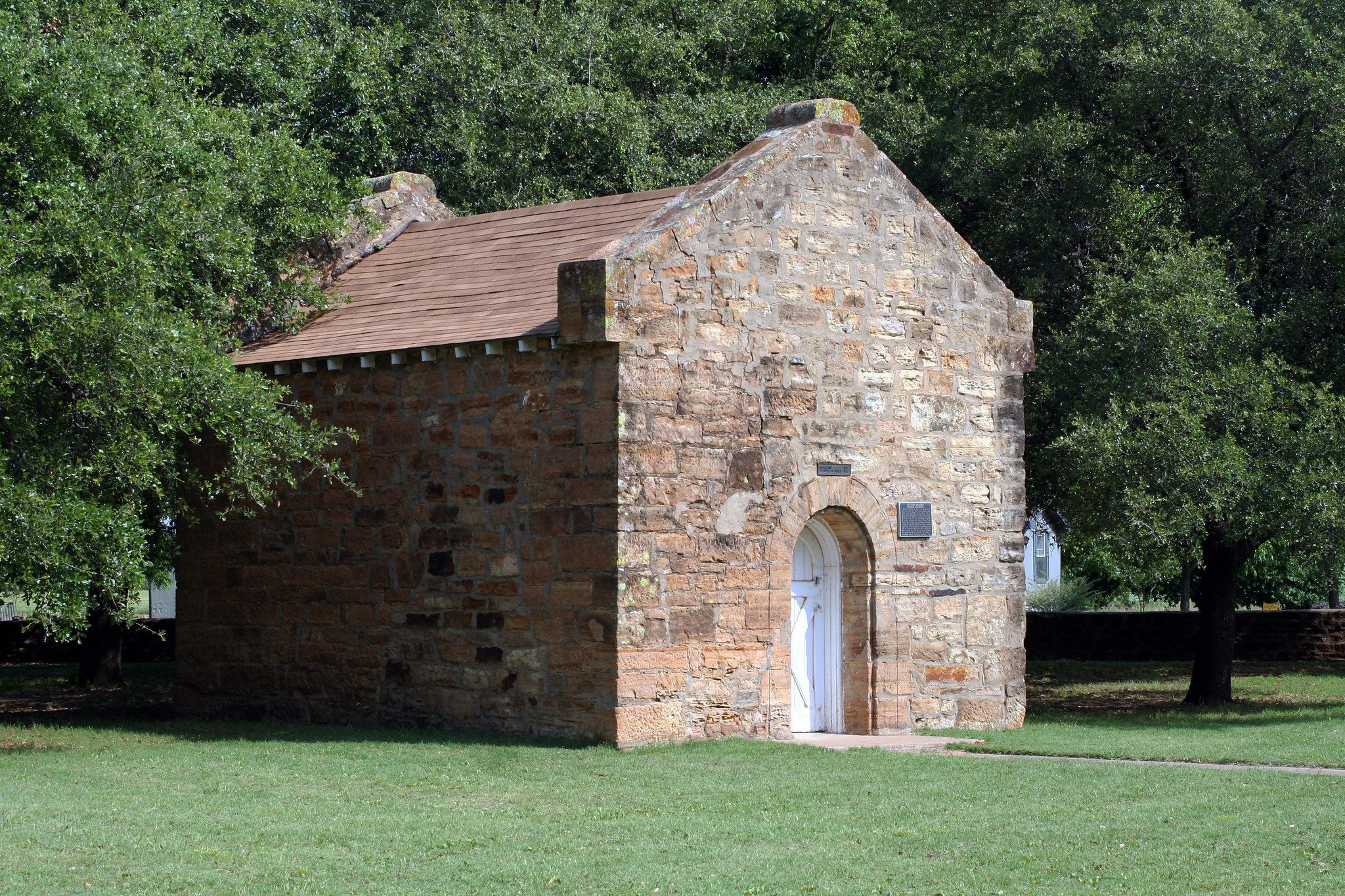
Distance: 650 miles
Don’t Miss: Fort Belknap
With 44 military outposts and more than 100 temporary camps built between 1848 and 1900, this area in central Texas counties was once host to frequent clashes between Native American tribes and settlers. Spanning 29 counties, this driving loop features numerous battlefield sites and eight remaining forts-turned-museums, with regular exhibits and annual living history events providing insight into what life was like on the frontier.
